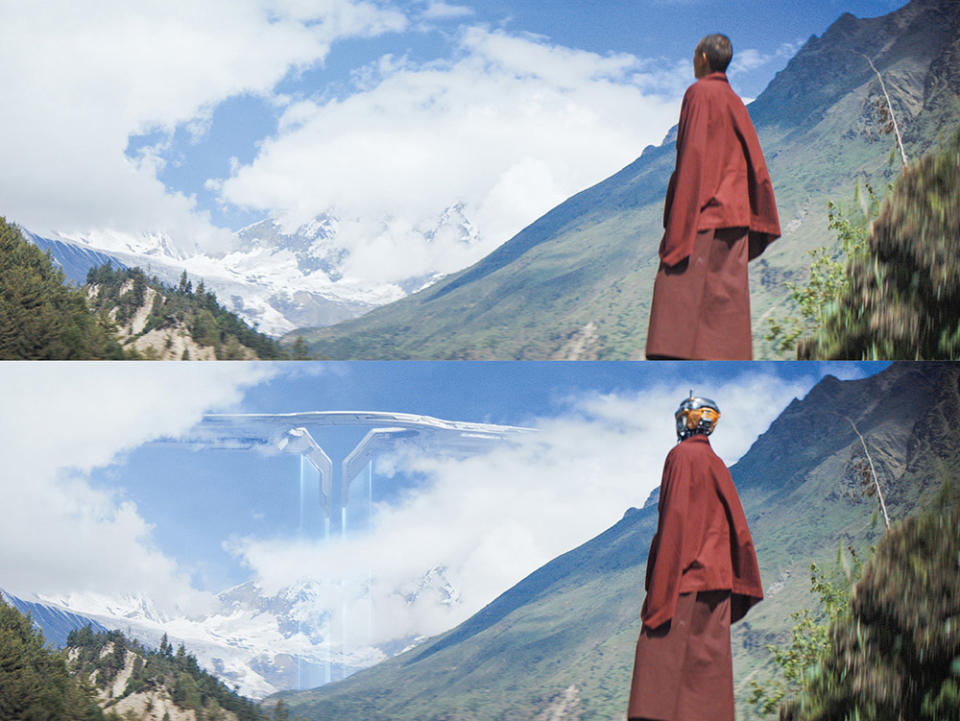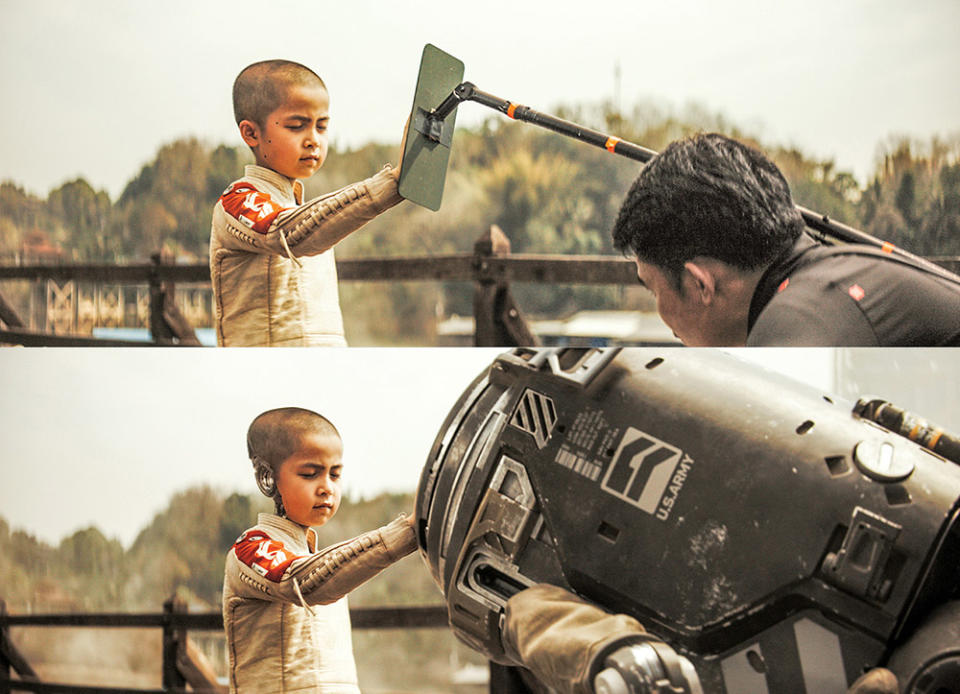How ‘The Creator’ Director Gareth Edwards Used VFX to Make $80M Look Like $200M

After traveling to dozens of exotic locations around the world to film New Regency’s and 20th Century Studios’ The Creator, director Gareth Edwards made one last trek that was among his most consequential: to Industrial Light & Magic in Northern California. There, he showed a rough cut of the film to the VFX pros who would be tasked with helping him make his $80 million film look like it cost $200 million, turning human actors into robots — no uncanny valley allowed — and creating futuristic cities and secret labs by augmenting real-life locations with visual effects.
Many of the key moments onscreen were filled with temporary text such as “epic Nomad shot,” a reference to the killer space station at the center of the film concerning a war between humans and artificial intelligence.
More from The Hollywood Reporter
Berlin: Provocative Norwegian Drama 'Sex' Wins Best European Film Award
Producers Guild Unveils 2024 Innovation, Sports, Children's and Short Form Winners

“The lights came on and a lot of 48-year-old men turned around — they’d been crying,” says Edwards, who was relieved to learn the film worked on an emotional level, even without VFX. Though, as he adds with a laugh, “Maybe they were crying about the number of the effects shots” they would have to complete.
Perhaps the most important task for the team was perfecting the look of Alphie, a young robot girl who is the emotional center of the film and appears in about 400 shots. Edwards had limited time with Madeleine Yuna Voyles, who was just 7 when filming began and could only work part-time, so the VFX team opted to complete her look in postproduction rather than eat up precious time in a makeup chair. “We only had a few tracking markers on her face, which makes the work that much more difficult,” says visual effects supervisor Jay Cooper.
Initially, the team tried showing just part of Alphie’s face, making it appear like a mask surrounded by a robotic head and neck, but found that this made her scary, not lovable. “We need to connect the skin from the throat down into the clothing, and then suddenly they’re more lovable,” says Edwards. “And that probably made everything twice as difficult.”
Few VFX teams work so hand-in-hand with their director as this one did with Edwards on The Creator, which arrived in theaters in September. The filmmaker chose locations with the VFX in mind, knowing that anchoring shots in reality would give the film a more tactile quality.

For example, when an airport location fell through 48 hours before filming a scene set inside Nomad, Edwards and a few collaborators spent hours driving around Thailand until they found a train station that had slanted walls and a futuristic feel. (Other productions might have given up and used a greenscreen.) “The brutalist style that you see in that environment was a great foundation for us to then build Nomad on top of,” says on-set VFX supervisor Andrew Roberts, who spent months shooting high dynamic range images at every location to give the VFX team the data they needed to make the project work in post.
Indeed, the creation of Nomad was among its premier concerns. For much of the movie, the space station is seen from afar, but later it becomes the center of climactic action as John David Washington’s Joshua and Alphie infiltrate it. “The first two-thirds of the movie, it’s beautiful, stunning photography on location,” notes visual effects supervisor Ian Comley. “How do you then translate that across to what is largely CG shots for the exterior of the Nomad and get that same quality?”

Though the VFX team might have been crying tears of worry at that rough-cut screening at ILM, in the end they were grateful for the legwork Edwards did to capture real locations for them to draw inspiration from.
“It just elevates all of our work because there are all these choices that are made that we may not necessarily make as visual effects artists,” says Cooper. “We can leverage those decisions, leverage the reality — and then we can create scope, depth and enormity.”
This story first appeared in a February stand-alone issue of The Hollywood Reporter magazine. To receive the magazine, click here to subscribe.
Best of The Hollywood Reporter

